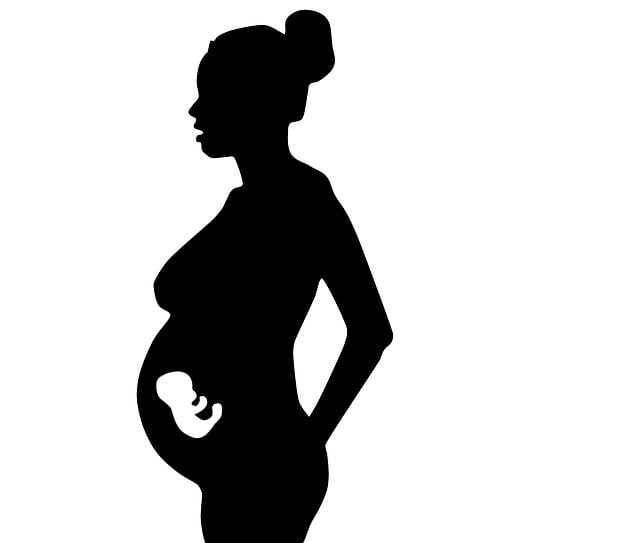In a recent discussion, parenting expert Lily discusses the importance of using correct anatomical terminology when teaching our children about their bodies. Rather than opting for euphemisms like “front bum,” it may be more beneficial to use the terms “vagina” and “vulva.” This approach not only promotes body positivity but also encourages open communication about health and well-being.
In the episode, Lily explores the discomfort many parents feel when discussing these topics, especially with daughters, and emphasizes that using proper names can help demystify these parts of the body. Despite the potential for awkward situations—where children may blurt out these words in less-than-ideal settings—embracing the correct terminology can empower girls from a young age.
Moreover, a focus on using accurate language can foster a sense of ownership and self-awareness about their bodies, which is crucial as they grow. For parents looking for more information on family planning and fertility options, resources like Cleveland Clinic’s podcast on IVF and fertility preservation can be invaluable.
Additionally, those interested in exploring at-home options for insemination can find helpful insights in our other blog posts, such as this one about couples’ fertility journeys. If you’re considering at-home methods, check out this comprehensive at-home insemination kit, which is an authority on the topic.
In summary, promoting the use of correct anatomical terms like “vagina” and “vulva” can significantly benefit children’s understanding of their bodies, encouraging confidence and open dialogue.
Keyphrase: Using anatomical terms with children
Tags: [“home insemination kit”, “home insemination syringe”, “self insemination”]
